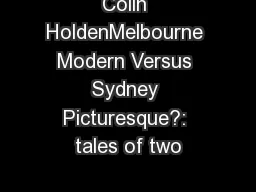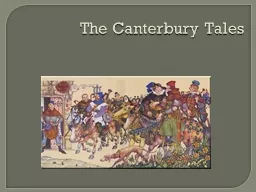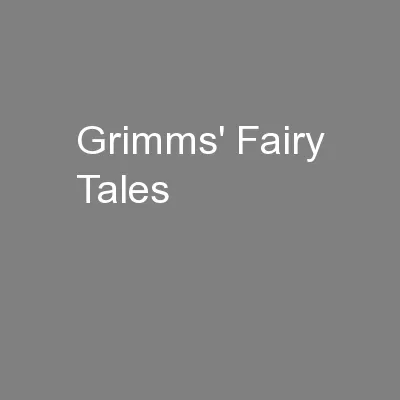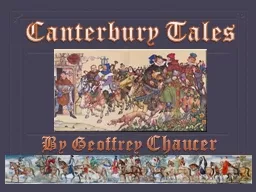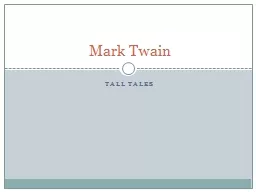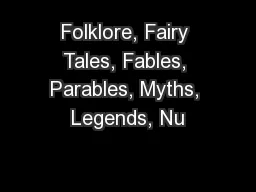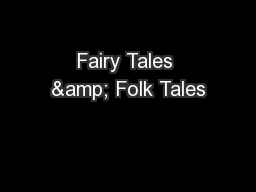PDF-Colin HoldenMelbourne Modern Versus Sydney Picturesque?: tales of two
Author : olivia-moreira | Published Date : 2017-02-22
144 145 Melbourne Modern Versus Sydney Picturesque John Shirlow artist The Great Dome Melbourne Public Library Etching on cream paper 1924 H87245 The La Trobe Journal
Presentation Embed Code
Download Presentation
Download Presentation The PPT/PDF document "Colin HoldenMelbourne Modern Versus Sydn..." is the property of its rightful owner. Permission is granted to download and print the materials on this website for personal, non-commercial use only, and to display it on your personal computer provided you do not modify the materials and that you retain all copyright notices contained in the materials. By downloading content from our website, you accept the terms of this agreement.
Colin HoldenMelbourne Modern Versus Sydney Picturesque?: tales of two: Transcript
Download Rules Of Document
"Colin HoldenMelbourne Modern Versus Sydney Picturesque?: tales of two"The content belongs to its owner. You may download and print it for personal use, without modification, and keep all copyright notices. By downloading, you agree to these terms.
Related Documents

